Regarding breastfeeding, human moms worry about low milk supply, but lady canines also suffer from the same issues.
As dog mommies may have more than ten babies at a time, it is a top priority to have adequate milk for many lives that depend on that milk.
When your mama dog has a litter of pups, those furry newborns will put a high demand on their mom’s system, draining her nutrition.
Many questions arise: What can I give my dog to produce more milk? How to Help a Dog Produce More Milk for Her Puppies?
Here are the ways to improve dog milk production that can help your dog supply lots of quality milk for her babies to answer these questions.
12 Best Ways To Improve Dog Milk Production
1. Keep your dog hydrated: Give enough quality liquids
One of the best ways to improve dog milk production is by providing enough liquids to the dog mom, either in freshwater or chicken soup.
If your dog is in good shape but lacks enough milk, you should ensure she has been supplied with plenty of water.
Sometimes, mom dogs want to drink lukewarm, warm, or cold water. Thus, you should offer her liquids at different temperatures and see what she likes in such a case.
If she does not drink, no matter how hard you try, you can give her a bowl of tepid chicken soup, goat milk, lactose-free cow milk, or almond milk.
They have extra nutrients that are good for a nursing dog. In detail, chicken soup is an excellent solution if your bitch is not drinking water because of its salty taste. If so, she will become thirsty due to the salt content.
On the other hand, goat milk should be diluted so that pups will not suffer stomach upset. Besides, goat milk is safe as it has no lactose, which may trigger tummy disturbances. Lactose-free cow milk is another good alternative to plain water, with no lactose.
It means lactose-free cow milk is safe for your lactating dog and the pups. Almond milk is included for the same reason as lactose-free cow milk. So you can feed your nursing bitch for appropriate lactation without upsetting tummy.
2. Use Fenugreek Capsules
Fenugreek capsules are readily available in health food stores or chemists. They are also used for nursing humans too. Mix it with your dog’s food or use it individually.
3. Provide lots of food
As usual, a lactating momma might need to make adequate milk for her puppies three times. To help her reap enough calories, you should give her many small meals per day.
If you choose dog foods, use the type made for performance, full of high-quality calories.
If you feed her raw, ensure that the foods are easy to digest during this nursing period. It is common for a nursing dog to lose weight during this period, but sometimes a noticeable, unusual drop can signify that your dog does not get enough food. Therefore, you had better take care of her size carefully.
Read More: Tips To Choose The Right Dog Food For Your Pet Dog
4. Consider Vitamin Supplements
If your dog has a low milk supply for her puppies, you can consider using certain supplements to help boost the milk supply. Milk thistle is among the most natural supplements assisting lactating moms with their milk-producing.
Alternatively, taking zinc is also beneficial for dog moms breastfeeding their puppies. If used in small doses, apricots can increase the production of milk.
Your nursing dog also needs more phosphorus and calcium for her mineral depletion through breastfeeding and the bone development of her puppies. Her pups also need protein to develop well.
Nursing dogs, in general, require 4-8 times the energy requirements of regular adult dogs. Feeding your dog extra healthy fats could satisfy those needs and quickly add more calories.
No matter what type of supplements you choose, you should consult your vet before using them because a misstep might be disastrous for many puppies. Over-supplementing sometimes leads to health problems like nerve damage and digestive difficulties.
5. Do not strictly stick to the basics
A healthy, happy dog will produce milk better than a stressed counterpart. Therefore, you should warrant that the whelping area of your girl is comfy and clean so she will feel happy to stay there. Sometimes, you should give your mama dog a break from her fur babies.
Walk her around the house to give her mental stimulation and fresh air. This is what new moms need. Besides, get your dog regularly checkout out after the delivery. Any potential infection can be fatal to both the dog mom and puppies.
6. Go for nutritious treats
Dog treats are crucial whether your dog is normal, pregnant, or lactating. Believe it or not, treats are part of a dog’s diet. Due to cheaper costs, popular products use carbohydrate-packed fillers, resulting in non-nutritious treats.
A treat containing a few nutritious dog foods includes cheddar cheese, fresh fruits, and dried beef. You should also consider adding things high in calories, like salmon and sweet potatoes, to your dog’s diet. Chicken, meatballs, and eggs are great choices if the two aforementioned foods are unavailable.
Nonetheless, avoid buying treats that are cheap in terms of quality. Check the label of nutritional values and the ingredient list for sure.
After all, to improve dog milk production, you should still ask your vet about the food you should feed your lactating dog.
Depending on the breed, the number of pups, and other factors, your vet may recommend a specific healthy diet plan for your mama dog.
7. Provide enough rest
Lactating dogs need plenty of rest and relaxation to maintain milk production. Provide your dog with a comfortable and quiet place to rest.
8. Keep your dog stress-free
Stress can reduce milk production in lactating dogs. Try to maintain a calm and quiet environment for your dog.
9. Massage your dog’s mammary glands
Massaging your dog’s mammary glands before nursing can help to stimulate milk flow and increase milk production.
10. Keep your dog warm
Cold temperatures can reduce milk production in lactating dogs. Keep your dog warm and cozy.
11. Provide regular veterinary care
Regular check-ups with a veterinarian can help to identify any health issues that could be affecting milk production.
12. Consult with a veterinarian or a professional dog lactation expert
If you are experiencing difficulties with your dog’s milk production, it’s always best to consult a veterinarian or a professional dog lactation expert.
Conclusion
There are several ways to improve milk production in lactating dogs, including providing a balanced diet, keeping your dog hydrated and well-rested, reducing stress, massaging the mammary glands, keeping your dog warm, providing regular veterinary care, and providing appropriate supplements.
Regular stimulation and nursing or hand-milking can also help increase milk production. However, it’s essential to consult with a veterinarian or a professional dog lactation expert for guidance, as some dogs may have specific needs depending on their health, breed, or nutritional needs.
It’s important to remember that lactation in dogs is a complex process. Proper care and attention are needed to ensure that lactating dogs have the best possible chance of producing adequate milk for their puppies.
DISCLAIMER: DogExpress does not endorse or take responsibility for the content in the guest post.
Want to read more articles like these? Subscribe to our newsletter today!
 DogExpress
DogExpress

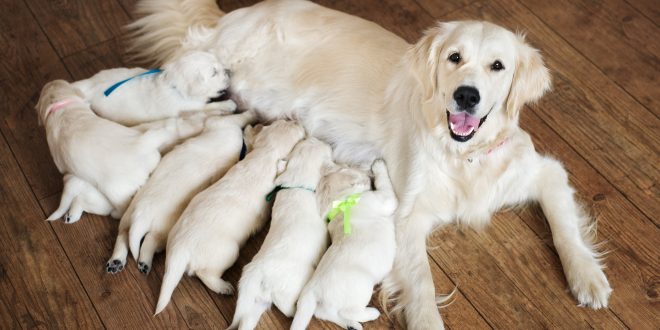
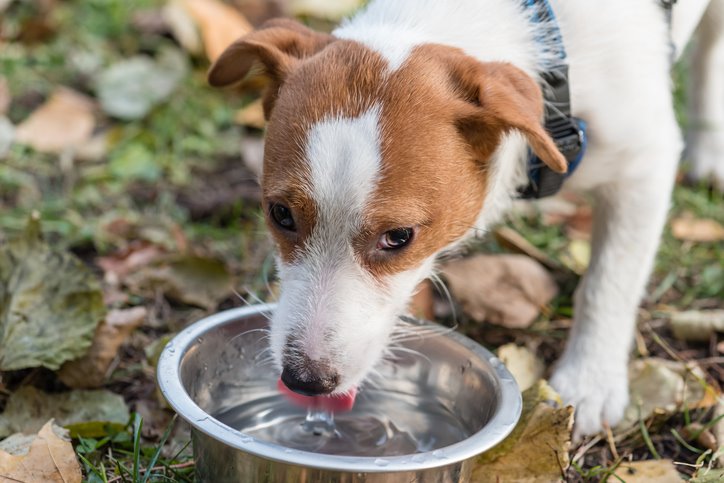

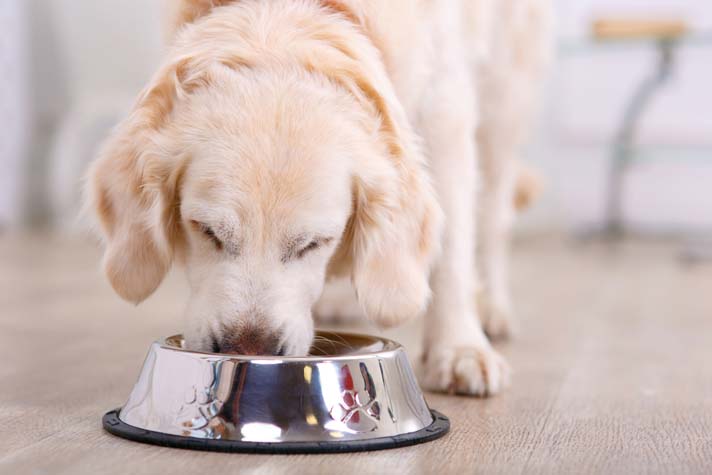
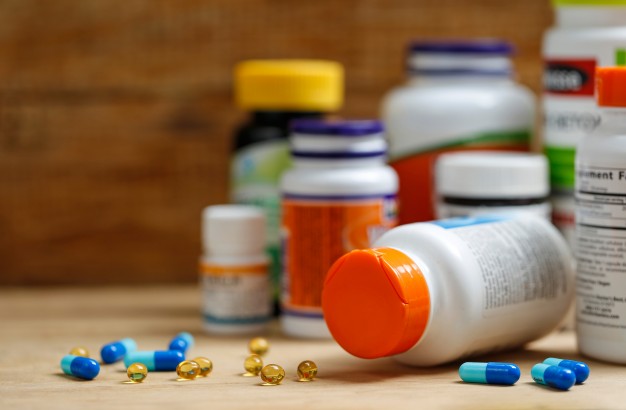






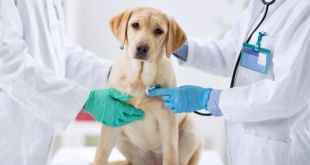












 in Chandigarh, India.
in Chandigarh, India. 

